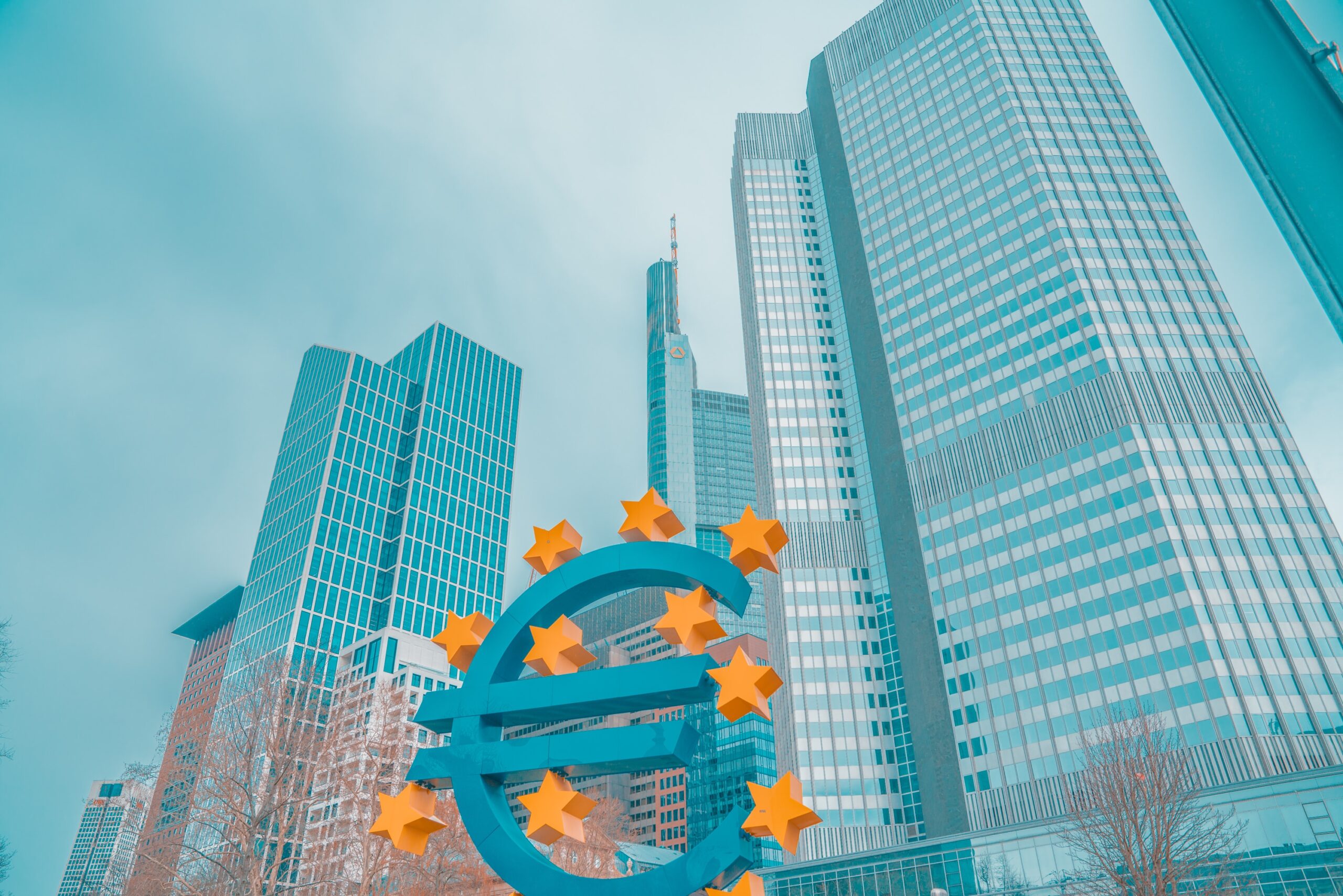Inflation in the Eurozone has shown signs of cooling, edging closer to the European Central Bank’s (ECB) target, recent data indicates. The annual rate of inflation dipped more than expected in March, sparking optimism among policymakers and investors alike.
The decline in inflation comes as a relief to the Eurozone, which has been grappling with soaring prices, largely driven by an unprecedented combination of shocks. The pandemic-induced supply-demand mismatches, severe supply chain bottlenecks, and the energy price surge following Russia’s invasion of Ukraine had pushed inflation to record highs.
However, the latest figures suggest a significant easing of price pressures. The annual rate of inflation unexpectedly fell to 2.4%, within reach of the ECB’s 2% target. This marks a substantial decrease from the peak of 10.6% in October 2022, attributed to the fiscal subsidies rolled out by Eurozone governments and the normalization of energy prices and supply conditions.
The ECB, which had been under pressure to tackle the high inflation, may now see a path to ease its aggressive monetary policy stance. With inflation now within striking distance of the target, the likelihood of interest rate cuts in the near term has increased. This shift in monetary policy could have significant implications for the Eurozone economy, which has shown signs of stagnation amid high prices and tighter financing conditions.
The cooling inflation is also a reflection of the broader global trend of disinflation, as central banks around the world have been working to bring down the high rates experienced over the past two years. The ECB’s efforts, including a series of rate hikes, appear to be bearing fruit, aligning with the disinflationary trends seen in other major economies.
As the Eurozone moves towards stabilizing its inflation rates, the focus now shifts to the ECB’s next moves. The central bank’s Governing Council is likely to wait until June before making any decisions on interest rate cuts, closely monitoring the economic indicators and inflation dynamics.
The easing of inflation is a positive sign for the Eurozone, suggesting that the worst of the inflationary surge may be behind. However, caution remains as the region navigates the complex economic landscape shaped by the pandemic and geopolitical tensions. The ECB’s careful balancing of growth and inflation will be crucial in determining the trajectory of the Eurozone economy in the coming months.
This development comes as a pivotal moment for the Eurozone, offering a glimmer of hope for a return to economic stability and growth. As inflation cools and approaches the central bank’s target, the ECB’s monetary policy response will be instrumental in steering the Eurozone towards a sustainable recovery.







